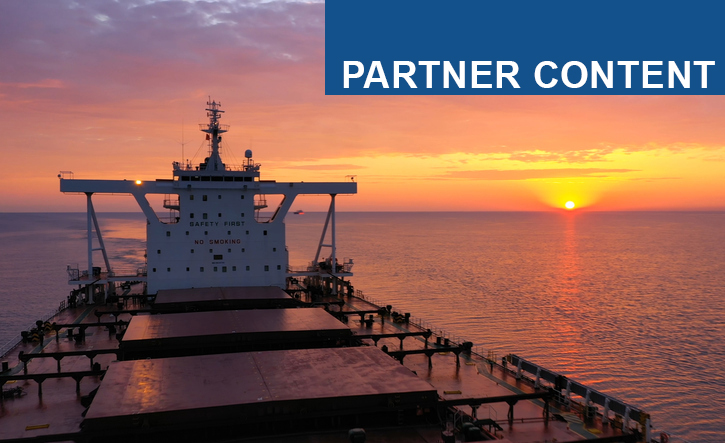The inland and coastal marine transportation industry has been the unsung hero of domestic cargo transport along American waterways, ensuring the steady movement of commercial goods for a diverse range of industries across the nation. This sector continues to experience steady growth year-over-year, serving as a dependable mode of transportation, while alleviating congestion in ports and on highways. Still, this sector remains underutilized compared to its counterparts, and has been relatively slow in adapting to a rapidly changing technological landscape.
However, with a wave of developments sweeping across various supply chain sectors, the barge industry is poised for a technological revolution. By addressing inefficiencies and streamlining processes, this reliable mode of transportation will be primed for unprecedented growth.
Technology Leading the Way for Mainstream Logistics
Technology has completely transformed the nature of logistics for the carriers and the shippers that rely upon them. Shippers now have the advantage of employing platforms that aggregate and provide options for specific modes of transportation best suited for a company’s shipping needs. Additionally, there are specific software systems used by rail, truck, ocean, and air carriers to manage the flow of day-to-day operations while simultaneously providing operators with synthesized analysis of performance data.
Just as the transportation modes differ, so too do the management systems that empower them. Specialized management systems have become a key component for the operations of each transportation mode:
- Rail Management Systems (RMS) like Railtrax and Rail Optima orchestrate train schedules, railcar movements, and yard operations for the railways.
- Truckload carriers leverage Transportation Management Systems (TMS) such as McLeod LoadMaster and Trimble Transportation Management System to optimize routes, assign loads, and manage drivers.
- Ocean Management Systems (OMS) like Navisphere Ocean and CargoSphere handle the complexities of international ocean freight, including bookings, container tracking, and customs clearance.
- Air Cargo Management Systems (ACMS) such as Cargowise One and IBS FreightLogic ensure the smooth flow of air cargo by managing bookings, routing, tracking, and documentation.
By utilizing the specialized management software designed for their specific needs, carriers in each transportation mode can optimize operations, ensure on-time deliveries, and navigate the ever-changing world of logistics with confidence.
But what does this look like for tug and barge as a transport mode?
Brown Water Transportation and Technology
The evolution of system management software and data analysis technology has allowed operators to achieve greater efficiency through streamlined processes and error reduction. These technologies have become more specific in their functions and are now reaching sectors of the supply chain which have been relatively slow to adapt. Maritime tech startups are becoming increasingly disruptive in the brown water transportation sector, bringing a digital wave with them and revolutionizing barge logistics in the following ways:
- Automated Barge Operations: Emerging automation systems are making semi-autonomous barge operations more practical, significantly reducing human error and maximizing efficiency. These systems can now assist with critical tasks such as navigation, docking, and even cargo handling.
- Real-time Tracking Systems: By leveraging GPS and satellite technology, logistics providers can now benefit from real-time fleet visibility. This ensures adherence to delivery schedules and bolsters security measures via comprehensive monitoring solutions for marine assets. Real-time tracking not only optimizes deliveries and safeguards assets for operators, but also increases transparency for shippers.
- AI-Powered Route Optimization: AI algorithms are evolving in their capacity to routinely assess weather and traffic trends thus increasing their ability to optimize route planning translating to time and fuel savings for operators.
OpenTug unites the previously siloed operations of tug and barges, terminals, and storage facilities through a shipping marketplace that simplifies the request process. OpenTug also provides a comprehensive suite of tools that promote cost optimization and transparency all while streamlining booking, quoting, and tracking for the domestic barge transportation market.
The Future of Marine Transportation is Tech-Savvy
By embracing technology, the once opaque world of domestic marine transport is experiencing a renaissance. Advanced software solutions tools are poised to empower the stagnate brown water transportation industry to achieve increased transparency, improved efficiency, error reduction, and data-driven decision making. This tech-driven transformation translates to a sustainable, profitable, and customer-centric future for the inland and coastal barge transportation sector specifically.
OpenTug is dedicated to the growth of cargo moving on America’s waterways by empowering inland stakeholders to leverage digital tools that completely transform business operations. To learn more, stop by booth 1106 at IMX2024 or discover our SaaS tools here.



